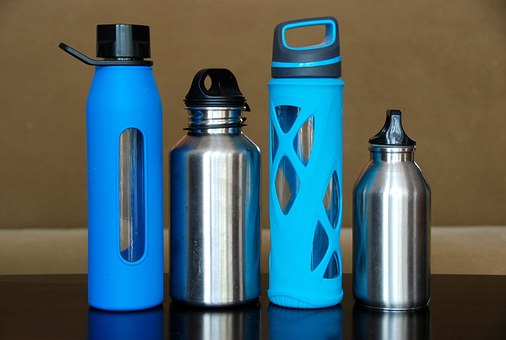
As thoughts of summer activities start to fill people’s minds, images of beaches, pool trips, and one’s favorite refreshing beverage are often visualized. As the weather heats up, people all over the world swarm to bodies of water to find a refreshing relief from the hot sun. However, what about our bodies of water? The human body is 55-65% water, and so often, people neglect to replenish themselves, which can lead to dehydration.
What causes dehydration?
Dehydration happens when water losses from the body exceed water replacement. Did you know that 75% of Americans are chronically dehydrated? Dehydration can be caused by a variety of medical issues, but in general, it can be caused by:
- Failure to replenish water losses.
- Excessive water loss from the skin due to exercise, heat, or even sunburns.
- Excessive alcohol consumption.
- Excessive vomiting or diarrhea.
- Increased aging.
Signs and Symptoms of Dehydration
Dehydration can be fatal, so it is essential to know the common signs and symptoms of dehydration to prevent it from progressing to a deadly point. According to the National Health Service4, common signs and symptoms of dehydration are:
- feeling thirsty
- dark yellow and strong-smelling pee
- feeling dizzy or lightheaded
- feeling tired
- a dry mouth, lips, and eyes
- peeing little, and fewer than four times daily
It is important to note that individuals with specific conditions such as diabetes or certain medications such as diuretics are more prone to dehydration.A quick and easy way to access dehydration is with a simple test of someone’s skin turgor, often called the dehydration pinch test. The great thing about knowing this tool is that it is quick, easy, and can be performed by anyone.
How to Avoid Dehydration
As the weather continues to heat up, consuming the appropriate amount of water is vital for one’s overall health. Adequate amounts for water have been determined for generally healthy people and are based on age and gender. For women, the amount of total water is about 11.5 cups per day, and for men, about 15.5 cups. Basic tips to help meet your recommended daily fluid intakes and avoid dehydration are:
- Eat foods with high amounts of water like fruits and vegetables.
- Avoid or limit drinks with alcohol.
- Drink one glass of water for every alcoholic beverage consumed.
- Carry around a full water bottle with you wherever you go.
Not everyone is a fan of plain water, and if you are one of these people, try one of these recipes to not only spice up your water but help increase your daily water consumption.
If you or your loved one has severe dehydration symptoms, including excessive thirst, fever, rapid heartbeat, fast breathing, little or no urine, concentrated urine with a dark color and pungent odor or confusion, contact your doctor immediately!
Written by: Madison Barker, Guest Author from Middle Tennessee State University, Nutrition and Food Science major with a concentration in Dietetics.
Reviewed by: Susan Zies, Extension Educator, Family and Consumer Sciences, Wood County
References
- Taylor K, Jones EB. Adult Dehydration. [Updated 2020 Apr 22]. In: StatPearls [Internet]. Treasure Island (FL): StatPearls Publishing; 2021 Jan-. Available from: https://www.ncbi.nlm.nih.gov/books/NBK555956/
- Alcohol use and health. Centers for Disease Control and Prevention. https://www.cdc.gov/alcohol/fact-sheets/alcohol-use.htm. Accessed April 11, 2021.
- Schols JM, De Groot CP, van der Cammen TJ, Olde Rikkert MG. Preventing and treating dehydration in the elderly during periods of illness and warm weather. J Nutr Health Aging. 2009;13(2):150-157. doi:10.1007/s12603-009-0023-z
- Dehydration. National Health Service UK. https://www.nhs.uk/conditions/dehydration/. Published August 9, 2019. Accessed April 11, 2021.
- Gordon B. How Much Water Do You Need. EatRight. https://www.eatright.org/food/nutrition/healthy-eating/how-much-water-do-you-need. Published November 6, 2019. Accessed April 11, 2021.



 g enough fluid?
g enough fluid? do they need to drink?
do they need to drink?




